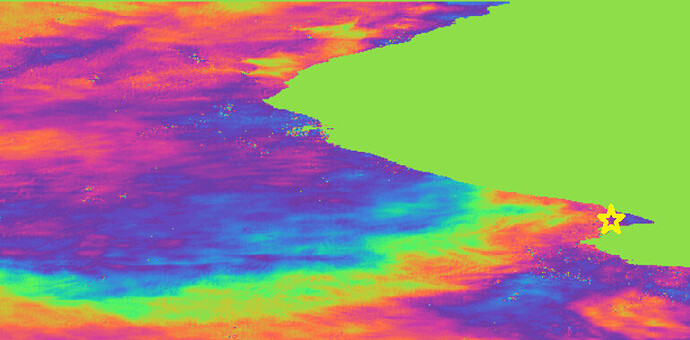I apologize for taking too long to respond, there was no notification. Yes, all those pairs include an earthquake event. here are three examples
the first [13Feb-8Mar 2016} interferogram is for an earthquake incidence in 21-Feb-2016 with center depth 4 Km and magnitude of 3.2, the epicenter is located at the yellow star
This [14Aug-26Aug 2019] interferogram is for 16-Aug-2019 Earthquake incidence with center depth 20 km and magnitude of 1.9, the epicenter is located at the yellow pin
Another [3Feb-15Feb 2019] interferogram is for 7-Feb-2019 earthquake incidence with centre depth 0.1 km and magnitude of 2, the epicenter is located at the yellow pin


